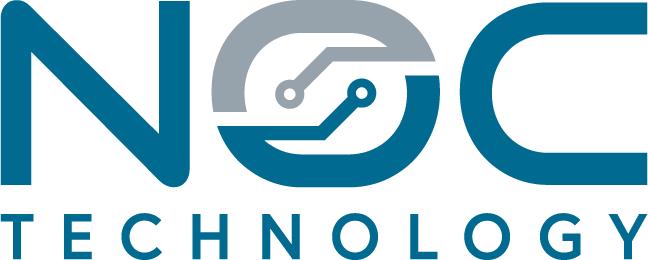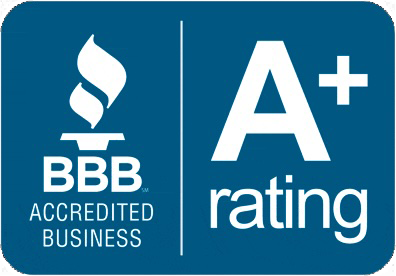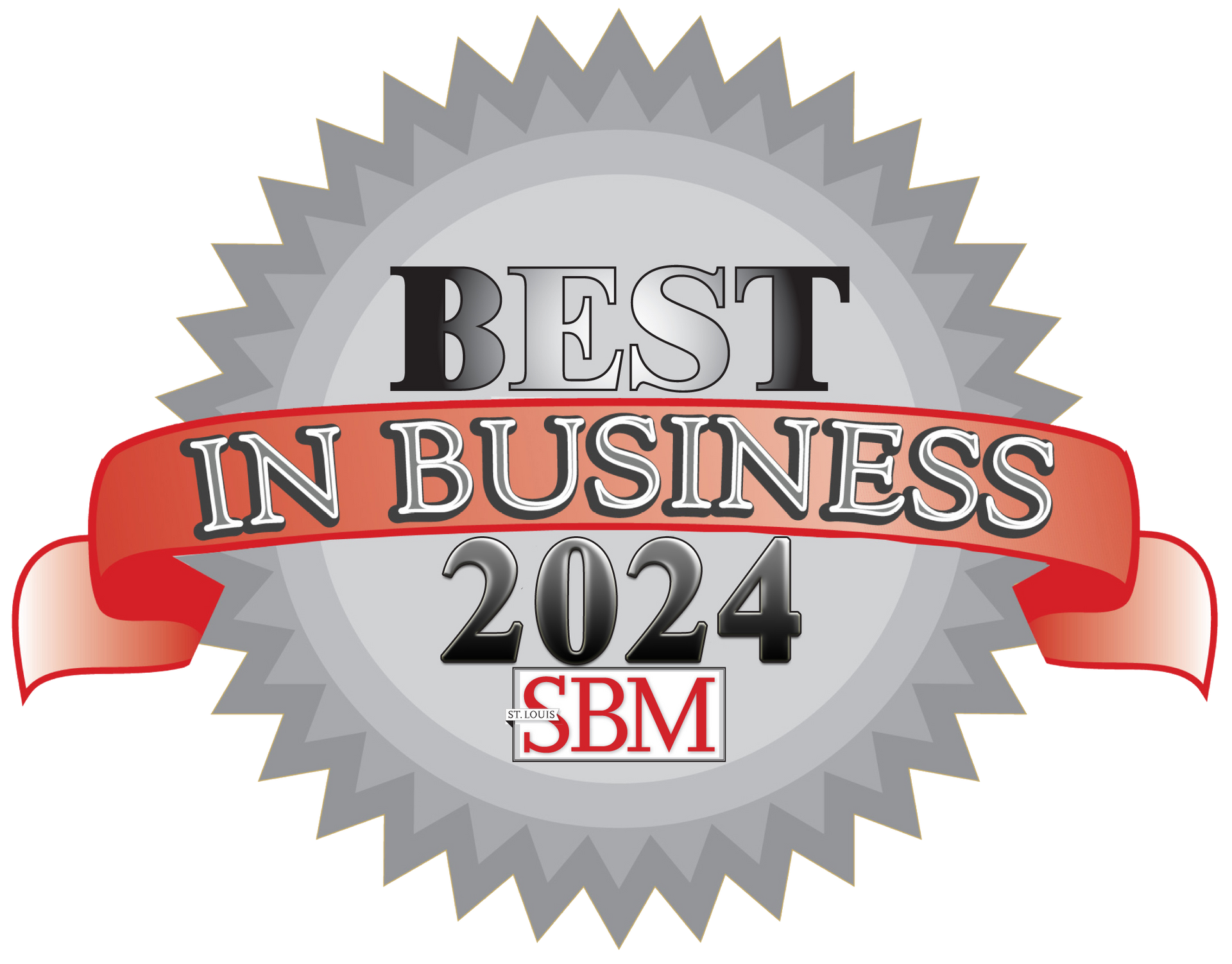Cost Comparison: Keeping Old Tech vs Upgrading to New
by Jon Lober | NOC Technology
The hidden price tag:
Why outdated tech costs more than you think
Businesses holding onto aging technology to save money are actually spending more in the long run.
For companies with 50+ employees, maintaining outdated systems beyond their recommended lifecycles creates a cascade of hidden costs that far exceed the price of regular refreshes. With Windows 10 reaching end of life in October 2025, businesses face a critical decision point that will impact their bottom line, productivity, and security posture for years to come.
The true cost equation
Outdated tech vs. regular refresh cycles
Maintaining outdated technology appears cost-effective on paper—you've already paid for it, so why replace what still works? This surface-level analysis misses the exponential growth of hidden costs as hardware ages. For a typical 100-employee company, the financial difference between these approaches is striking.
Maintenance costs skyrocket by 148% by year 5 and up to 300% by year 7 compared to earlyyears in a device's lifecycle. Meanwhile, server failure rates climb steadily: 5% in year one, 11% by year four, and exceeding 15% after year five. This translates to more frequent downtime, with each incident costing mid-sized businesses approximately $300,000 per hour.
The math becomes clearer when examining total cost of ownership (TCO). Equipment in the 5-7 year age range requires nearly four times more support than newer systems.
Windows 10 End of Life
A looming deadline with serious implications
On October 14, 2025,
Windows 10 reaches its end of life, creating significant costs and compliance issues for businesses that don't transition to Windows 11:
| Category | Maintaining Windows 10 | Migrating to Windows 11 |
|---|---|---|
| Security Updates | Year 1: $61/device, Year 2:$122/device,Year 3: $244/device | Included in standard support |
| Hardware | No immediate costs (but 40-50% of PCs incompatible with Windows 11) | $1,000-1,500 per device requiringreplacement |
| IT Support | Increasing costs for compatibility issues | 40% reduction in OS-related help desk tickets |
| Security incidents | 53% higher on 4+ year old systems | 62% reported drop in security incidents |
| Migration | Migration eventually required anyway | $30-40 per device implementation costs |
| ROI | Negative as costs increase yearly | 250% ROI over three years |
For organizations unable to migrate immediately, Microsoft offers Extended Security Updates (ESU) available at escalating costs: $61 per device in year one, but doubling each subsequent year. Cloud-managed devices receive a 25% discount, while Windows 365 Cloud PC users get the first year of updates at no charge.
Real-world example
A professional services firm with 75 employees might adopt a hybrid approach—upgrading 40% of Windows 11-compatible devices, replacing 30% with new hardware, and maintaining 30% on Windows 10 with ESU. Their total migration cost comes to $62,000 (including $14,000 for ESU over two years) which proves more economical than delaying the transition completely.
The productivity tax
Quantifying time lost to outdated systems
Outdated technology imposes a hidden productivity tax that compounds daily across your workforce:
- 16-46 minutes lost daily per employee waiting for slow systems.
- 91-95 hours annually (over 2 work weeks) resolving IT issues
- $2,175-$13,200 per employee annually in lost productivity
- 51% of employees at "technology laggard" organizations express frustration
For a 100-person company with employees earning an average of $35/hour, this translates to over
$200,000 in annual productivity losses—enough to finance a comprehensive technology refresh program.
Financial services and healthcare workers are particularly impacted, losing approximately 23-24 minutes daily (100+ hours annually) to outdated technology. Manufacturing companies implementing modern technology see production systems up to 30% faster and 25% more efficient.
Case studies consistently demonstrate ROI of 200-265% from technology upgrades, with productivity improvements of 15-30% being common across industries.
Cybersecurity
The costliest risk of all
The security implications of outdated technology create perhaps the most significant financial exposure:
- 84% of companies
have high-risk vulnerabilities that could be eliminated with simple updates
- 60% of data breaches
are caused by failure to apply available patches
- Organizations with poor patching
are seven times more likely to experience ransomware
- Average breach cost reached $4.88 million
in 2024, up 10% from 2023
- Medium-sized businesses with outdated technology lose 54% more money ($114,000 vs.$74,000) following breaches
- Cyber insurance premiums increased 50-100% for organizations renewing coverage in 2023-2024
Outdated systems take longer to detect breaches—averaging 199 days to identify and 73 days to contain, compared to the global average of 194 and 64 days respectively. This extended detection time directly increases costs, with breaches exceeding 200 days costing $4.87 million versus $3.61 million for breaches contained under 200 days.
Beyond direct breach costs, outdated technology affects regulatory compliance and insurance coverage. Many insurers now exclude coverage for breaches resulting from unpatched vulnerabilities, while regulations like GDPR, HIPAA, and PCI DSS explicitly require prompt patching and up-to-date systems.
Current technology costs vs. ongoing support expenses
The price of new business hardware in 2025 must be evaluated against the escalating support costs of aging equipment:
| Device Type | 2025 Cost Range | Annual Support Cost (New) | Annual Support Cost (5+ years old) |
|---|---|---|---|
| Budget Business Laptops | $500-900 | $30-50 per device | $150-200 per device |
| Mid-Range Business Laptops | $900-1700 | $50-75 per device | $200-350 per device |
| Premium Business Laptops | $1700-2500 | $75-100 per device | $450-450 per device |
| Mobile Workstations | $1,800-4,000+ | $100-150 per device | $400-600 per device |
| Business Desktops | $600-1,800 | $40-80 per device | $160-320 per device |
| High Performance Workstations | $1,800-5,000+ | $100-200 per device | $400-800 per device |
For organizations with 50+ employees, volume pricing discounts typically range from 10-15%, with deeper discounts available for larger deployments. Most manufacturers offer financing solutions, including direct purchase, financing (often 0% interest for 12-36 months), and device-as-a-service options that include support and regular refreshes.
Importantly, leasing/DaaS options are typically 15-30% cheaper than outright purchase over a 3-year period when factoring in all lifecycle costs.
Industry standard refresh cycles and best practices
Research consistently shows optimal refresh cycles vary by device type and usage intensity:
- Desktops/Laptops: 3-4 years standard (2-3 years for high-performance workloads)
- Servers and Storage: 3-5 years
- Network Infrastructure: 5-7 years
- Mobile Devices: 2-3 years (smartphones), 3-4 years (tablets)
- Peripherals: 5-6 years (monitors), 5-7 years (printers/scanners)
These cycles reflect the point at which maintenance costs begin to exceed replacement costs. J. Gold Associates found that companies on a 2-year upgrade cycle experience productivity improvements ranging from 4.49% to 11.57%, yielding average annual savings between $5,077 and $13,103 per employee.
Industry best practices for technology lifecycle management include:
- Structured Approach: Implement formal planning, procurement, management, and retirement processes
- Staggered Refresh: Balance budget impact and implementation resources with manageablephases
- Strategic Segmentation: Match refresh cycles to user needs (power users vs. task workers)
- Hybrid Financial Model: Consider leasing for rapidly-evolving tech, purchasing forinfrastructure
- Sustainability Integration: Balance environmental impact with performance requirements
ROI calculations: Making the business case
Calculating the ROI of technology refresh cycles requires considering both direct and indirect factors.
Basic ROI Formula: ROI = (Net Gain from Investment / Cost of Investment) × 100%
A comprehensive TCO/ROI model should include:
Direct Costs
- Initial acquisition
- Implementation
- Training
- Support and maintenance
- Licenses and subscriptions
- Energy consumption
- Disposal STORViX
Indirect Benefits
- Productivity improvements
- Reduced downtime
- Enhanced security posture
- Improved employee satisfaction
- Competitive advantage
- New capability enablement
Comparing the true costs
Old tech vs. refresh cycle
When all factors are considered, the comparison between maintaining outdated technology versus implementing a regular refresh cycle becomes clear.
| Cost Category | Maintaining Old Tech (5+ years) | Regular Refresh Cycle (3-4Years) |
|---|---|---|
| Hardware Acquisition | Lower upfront costs | Higher upfront costs but predictable |
| Maintenance | Increases 148-300% by years 5-7 | Covered by warranty/support contracts |
| Downtime | 15%+ annual failure rate | 5-8% annual failure rate |
| IT Support Costs | 4x higher support costs | Standardized, efficient support |
| Productivity Loss | 16-46 minutes daily per employee | Minimal productivity impact |
| Security Risk | 7x higher breach risk | Current security protections |
| Insurance Premiums | 50-100% higher | Standard market rates |
| Energy Costs | 30-50% higher power consumption | Energy-efficient hardware |
| Regulatory Compliance | Potential non-compliance penalties | Simplified compliance |
| Total Annual Cost (100 employees) | $350,000-$500,000 | $180,000-$250,000 |
| 3-Year Total Cost (100 employees) | $1,050,000-$1,500,000 | $540,000-$750,000 |
The growing cost differential between these approaches illustrates why maintaining outdated technology creates a false economy. While delaying refreshes appears to save money initially, the long-term costs—direct and indirect—significantly exceed the investment required for regular updates.
Conclusion
The data clearly demonstrates that maintaining outdated technology creates substantially higher costs than implementing strategic refresh cycles.
For businesses with 50+employees, the approaching Windows 10 End of Life deadline in October 2025 presents both a challenge and an opportunity to reassess technology strategies.
Organizations that implement 3-4 year refresh cycles experience reduced maintenance costs, higher productivity, fewer security incidents, and better employee satisfaction. This proactiveapproach not only delivers measurable ROI but positions businesses to remain competitive in an increasingly technology-dependent marketplace.




